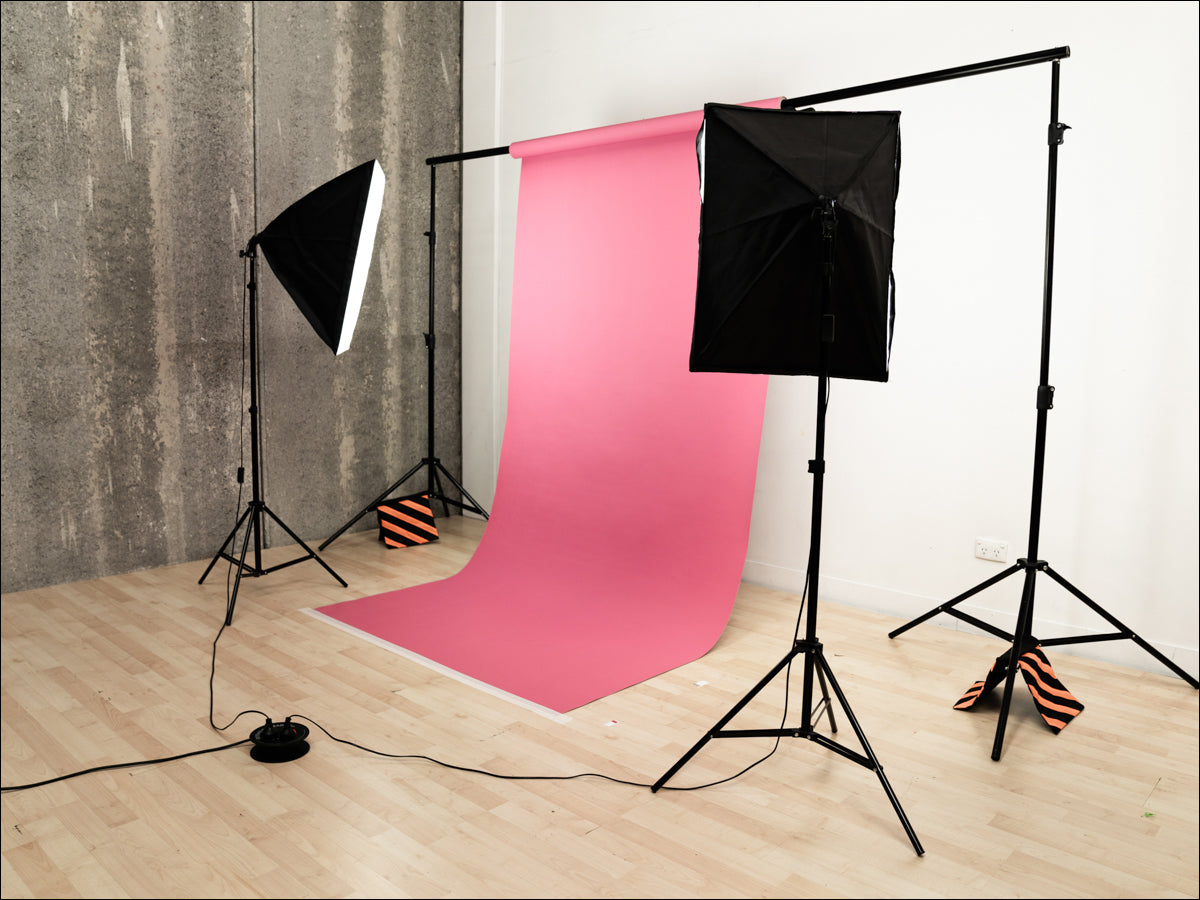

This list is an attempt to do just that: to create a primer of one hundred of the most influential and essential films that Japanese animation has produced offer a thorough aesthetic, technical and historical breakdown of why these films matter. But where does one begin to tackle the aesthetic and historical precedent that anime film has left on pop culture and global entertainment in the last century? Anime film owes much to the evolving means of production and distribution throughout the late 20th century, the breadth and audacity of the medium’s content widening and contracting along with its running time to cater to the emerging palettes of audiences both new and old, at home and abroad. The arrival of home video catapulted anime to its commercial and aesthetic apex, fanning outward from island nation of Nippon to the far shores of North America and back, before again being revolutionized by the unprecedented accessibility of the world wide web throughout the nineties and early aughts. Television expanded the medium during the 1960s, birthing many of the essential genres and subgenres that we know today and forming the impetus for the anime industry’s inextricable relationship to advertising and merchandising from the 1970s onward. Anime has morphed through countless phases-from amateur efforts, to nationalist propaganda fodder, to niche cultural export turned eventual global phenomenon-each iteration conforming to the shape of the times in which it was produced. From the five-minute shorts of Oten Shimokawa in 1917, to the feature-length animations produced during World War II, to the pioneering production cycles of Tezuka in the ’60s and the auteurist innovations of the likes of Miyazaki and many others towards the latter half of the last century. Our paper is made from 75% recycled paper right out of the box.Anime, despite being one of the now-most ubiquitous cultural properties of the 21st century, is especially difficult to define, owed to over a century’s worth of the medium’s evolution and reinvention. Portable, lightweight and easy to handle the 86” size fits easily in most vehicles while still being wide enough for multiple subjects.ĭid your morning client spill their coffee on the backdrop and your afternoon client is on their way? No problem just trim the end and roll out some more of that fresh, beautiful paper. We have paper rolls sized for tabletop photographers as well as commercial studios. Our 86 inch wide size is the sweet spot for traveling photographers. Have you priced a cyclorama wall recently? Multiple Sizes The low cost of paper as compared to other background alternatives allows you to have multiple paper options on hand. You’ll be surprised by how long they last! Affordability Keep them clean, dry, and store them vertically for the best results. Want to try your hand at green screen video or image compositing? Our Stinger green and Royal Blue papers have you covered.Ĭared for properly, paper backgrounds can be used over and over again. Need a cyc wall? Create that iconic infinite white background look with an Arctic White seamless paper sweep. Spend less time editing! Super clean backgrounds speed up your workflow. Our paper backdrops are consistent from the beginning of the roll to the end. Seamless paper gives your background a smooth, saturated, reflection-free, unwrinkled, uncluttered – some might even say seamless – result.

You can adjust the tone of the backdrop with lighting and exposure for even more versatility.Ī clean, even backdrop will not distract from the subject, but will help to support the viewer’s focus. They help to define and convey the intended mood and message. Paper backdrops are used for just about every area of photography and videography, such as Ĭolor and tone choices are crucial elements to crafting every image. Why is that? Here are some of the reasons why backdrop paper reigns supreme: Versatility
Superior seamless paper backdrops professional#
However – the most frequently used background in professional studios is colored seamless paper. In addition, painted walls, textured wood or brick panels and corrugated metal sheets are sometimes used. Cloth and canvas backdrops are popular, as are vinyl, matte board, and specialty surfaces. Working in a studio, we have a wide variety of background material options to choose from.


 0 kommentar(er)
0 kommentar(er)
